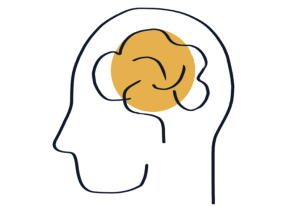- Customer Experience, Design, Software, Usability, UX Education, UX Magazine
Using systems thinking can have a positive impact on enterprise software strategies. A few tips on how to implement it in the design process.
Article by Danielle Elchik
How designers can use systems thinking to impact enterprise software strategy
- Using systems thinking can have a dramatic, positive impact on enterprise software strategies.
- In the software design world, systems thinking is a way to keep the detailed complexities of user flows tucked away so you can understand the mental model of the system as a whole.
- Systems thinking can be used in many ways depending on the problem to be solved or the point of view you are seeking to support, influence or change.
- Where to start:
- The user
- The general system
- The visual elements
- Things that help you understand if you are heading in the right direction:
-
- Alignment and Feedback — leverage your findings by recommending how to improve or suggest new solutions, from the users point of view.
- Awareness — make sure the artifact is presented in a way others can follow along or reference it on their own.
Share:How designers can use systems thinking to impact enterprise software strategy
Share this link
- April 26, 2022
7 min read







